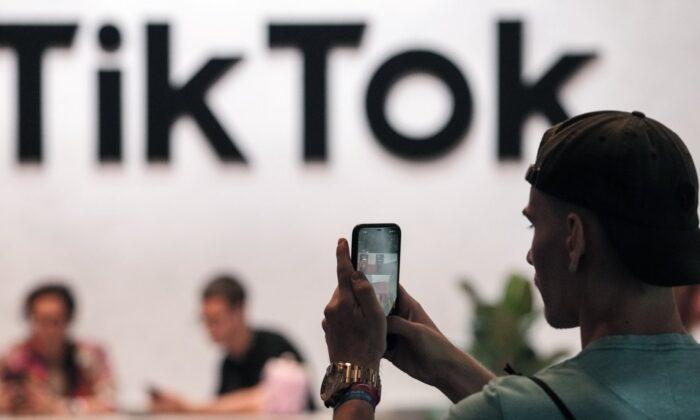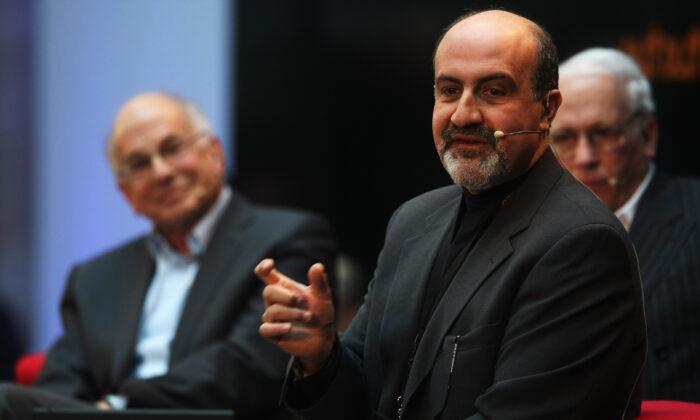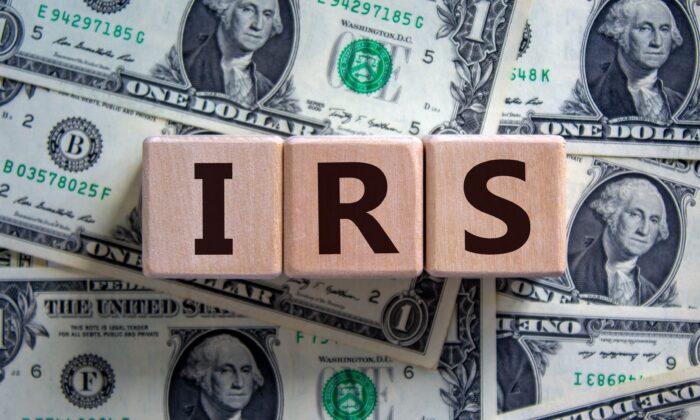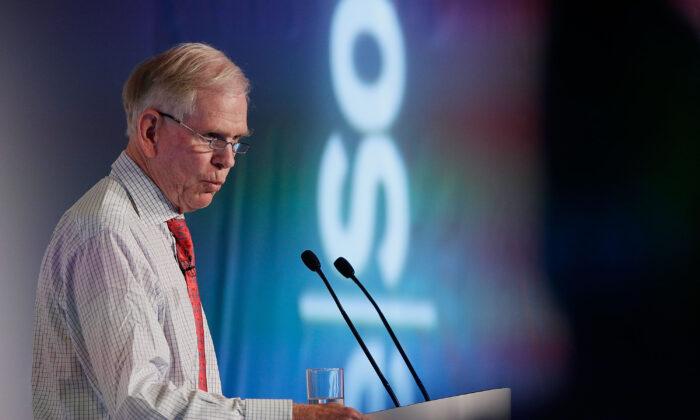Uber has said that they will not need to spend more in order to lure drivers back to the app, attempting to reassure investors after the company’s preeminent competitor, Lyft, said that they would need to invest more heavily in labor costs after an unflattering quarterly earnings report.
On Wednesday morning, Uber released its own quarterly earnings report, with results deemed significantly distinct from those of its leading competitor.
“You heard I think last night one of our competitors in the U.S. is having challenges,” Dara Khosrowshahi said during a post-earnings call in a subtle dig at Lyft. Khosrowshahi is Uber’s chief executive officer and a scion of the wealthy Iranian Khosrowshahi family, which includes a number of high-profile executives and entrepreneurs.
However, Khosrowshahi noted that Uber’s driver base had recovered to a pre-pandemic level, suggesting that no additional investment would be necessary to lure drivers back to the platform.
On Tuesday, Lyft released a quarterly report that signified the company would have to spend more money to bring drivers to the app, as current earnings rates were insufficient to incentivize drivers to work as contractors on behalf of Lyft. This caused the company’s stocks to plummet by 26 percent.
Uber was not unscathed in the aftermath of the Lyft report, with the company’s stock falling 11 percent in after hours trading. But Uber partially recouped these losses by moving its earnings report release from Wednesday afternoon to Wednesday morning. By close of trade on Tuesday, the company’s stock had fallen by just 4 percent.
However, the Q1 report from Uber highlighted the differences between the two competing rideshare companies. Lyft reported driver earnings at $24 per hour in March, excluding a 55 cent per trip fuel charge. Meanwhile, Uber indicated that average hourly earnings for contractors driving over 20 hours per week in Q1 averaged $39 per hour, significantly exceeding Lyft’s rate (despite fuel charges being included in Uber’s average hourly earnings).

On the strength of this disparity in driver income, Uber has attempted to assure investors that the company will need no further investment to entice prospective contractors to hit the road again on behalf of the app. However, persistent labor concerns remain a thorn in the side of the company, which has faced legal challenges to its business model in the past.
Uber’s labor practices have been a longstanding subject of controversy, with critics alleging that the company uses the designation of its drivers as “contractors” to avoid paying benefits and assuring drivers a guaranteed hourly rate. The controversies over this matter came to a head in California in 2019, when legislators passed a law to require companies such as Uber and Lyft to employ their drivers, and the state government filed lawsuits to enforce the measure.
Uber and Lyft responded by threatening to leave the state if the measures were not reversed, and both companies invested heavily in California Proposition 22, a ballot initiative to reverse the aforementioned law. Proposition 22 passed with 59 percent of the vote in November 2020, and despite subsequent legal challenges, drivers for the major ridesharing companies have continued to operate as contractors.
Despite the reassuring figures about drivers’ average hourly income, Uber’s Q1 report did not merely convey rainbows and sunshine for the ride-hail corporation. The report noted that the most recent quarter saw a dip in monthly active users from the previous quarter, though this a common seasonal trend that may or may not reflect any broader concern for the company.
As of writing, Uber’s stock price has fallen by over 4 percent since Wednesday morning, reflecting continuing investor skepticism despite the reassurances of the quarterly report.





